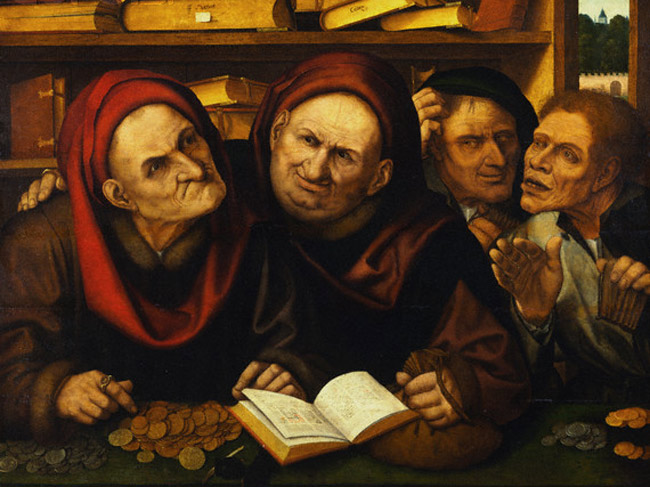A history of economic crises. Part 4. The financial beginnings of the USA and the first central banks.

We concluded the previous part with the establishment of the USA. It turned out that the future superpower was born in pain, especially of an economic nature…
Crazy Printing
USA had to fight for their independence with weapons. However, war comes at a high cost. So how did the rebellious colonies get the money? Through printing! From 1775 to 1779, Congress authorized the printing of a total of 229 million USD. Of course, they mainly went into the hands of soldiers and then into the market. The result? Inflation, and on such a large scale that by 1779, the banknotes were worthless. The United States won their independence, but at the cost of their citizens losing their savings.
The First Central Bank of the USA
In the face of the difficult financial situation during the ongoing War of Independence, in 1781, Congress established the position of Superintendent of Finance to oversee financial affairs. Robert Morris was appointed to this position. He founded the Bank of North America, the first national bank headquartered in Congress to operate in the United States.
The institution operated based on fractional reserves and had the sole right to issue banknotes. These banknotes were supposed to be backed by gold and used for paying taxes. The bank also had the responsibility of purchasing public debt. Soon after its establishment, the bank provided a loan of 1.2 million USD to the government.
The actions of the Bank of North America quickly faced criticism from politicians. There were concerns that it would function as poorly as other central banks. It is worth remembering that the idea of creating such institutions was still new at the time, and, for example, French experiments in this field actually led to the country’s economic backwardness for years.
In any case, Americans bid farewell to Morris, and the bank was dissolved.
France
On the other side of the ocean, the aforementioned French actually began new experiments with central banking. A Swiss banker, Isaac Panchaud, persuaded the authorities there to grant his bank, Caisse d’Escompte, similar privileges to those of the Bank of England, for example.
The bank was a company that dealt with discounting bills of exchange (buying them before the due date at a reduced price). Panchaud mainly sought to invest in government debt, which also led to the printing of more currency. As a result, while there were 70 million livres in circulation in 1783, after four years, there were already 100 million.
The result? Another high inflation the following year, which led to a financial crash. The subsequent consequence was the famous French Revolution. In 1788, France went bankrupt and stopped paying interest on its public debt. A year later, the revolution broke out, during which the king himself was guillotined.
To be continued.



![How Bitcoin Becomes a Lifeline for Victims of Repression and Financial Exclusion – Explains Lyudmyla Kozlovska [INTERVIEW]](https://webeconomy.info/wp-content/uploads/2023/10/Ludmila-Kozlowska-1000x500.jpg)


